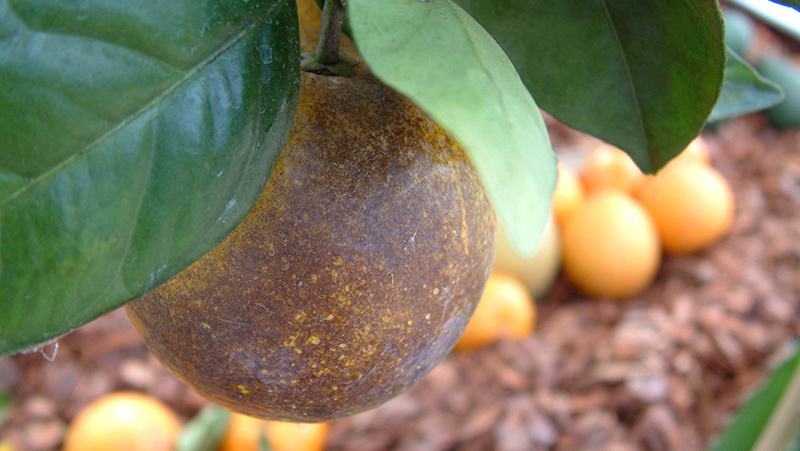Yates Account
Join now
Create a Yates account today!
Sign up to join the Yates Garden Club for monthly e-mails packed with seasonal inspiration, tips for success & exclusive promotions.
Plus if you’re a Garden Club member you can take part in the Yates Growing Community - a blog to share successes, get advice & win prizes in fun challenges along the way!

Forgot password
Enter the email address associated with your account, and we'll email you a new password.
Phyllocoptruta oleivora

What are Citrus Rust Mites?
Citrus rust mite feeds on the outer exposed surface of the fruit, causing damage to the rind. Fruit blemish occurs from infestation by huge numbers of mites on green, immature fruit in summer/autumn.
Symptoms
Affected fruit has rough, sandpaper-textured, silver, reddish-brown or black blemishes, with darker outer edges. The damage tends to be silvery on lemons and grapefruit, and rusty brown on oranges. Blemishes show up prominently when the fruit colours and becomes more severe the longer the fruit remains on the tree.
Rust mites can also cause bronzing of leaves and green twigs.
Plants impacted
- Citrus Trees
Risk periods
- Summer
- Autumn















Share
Share this article on social media